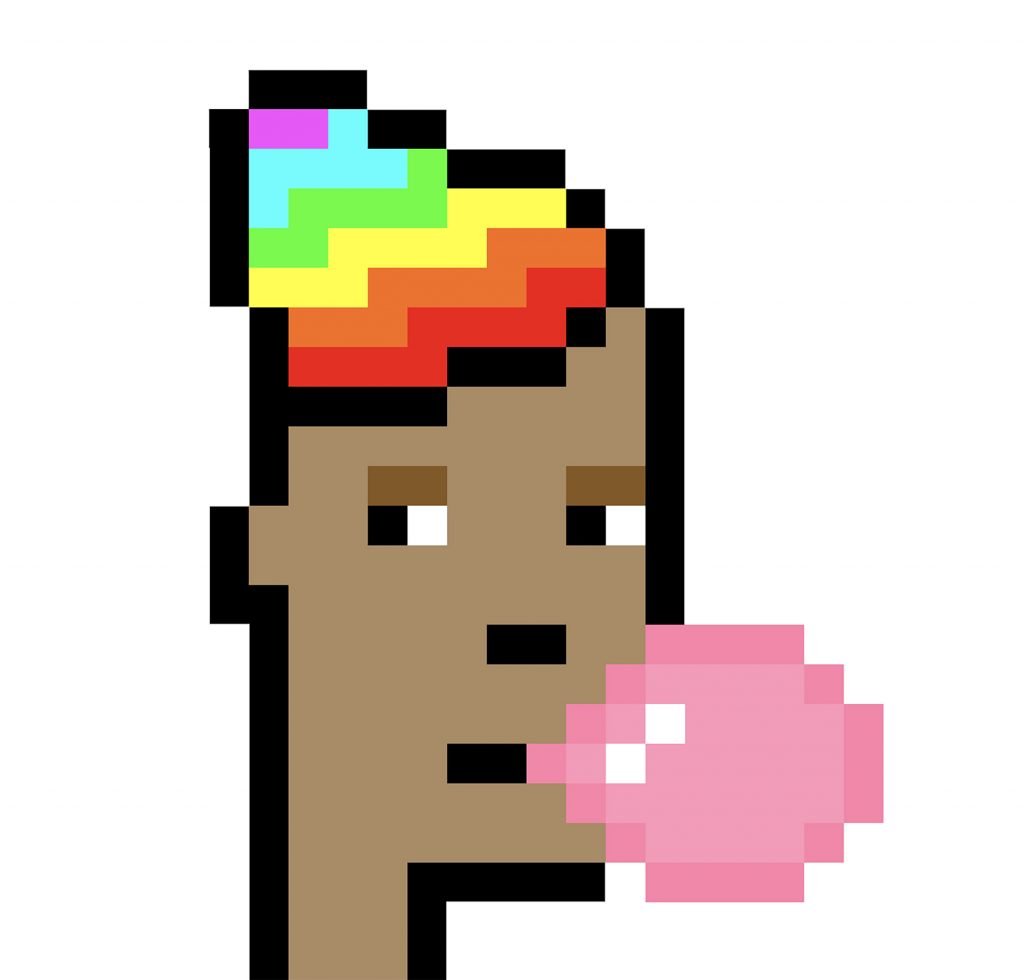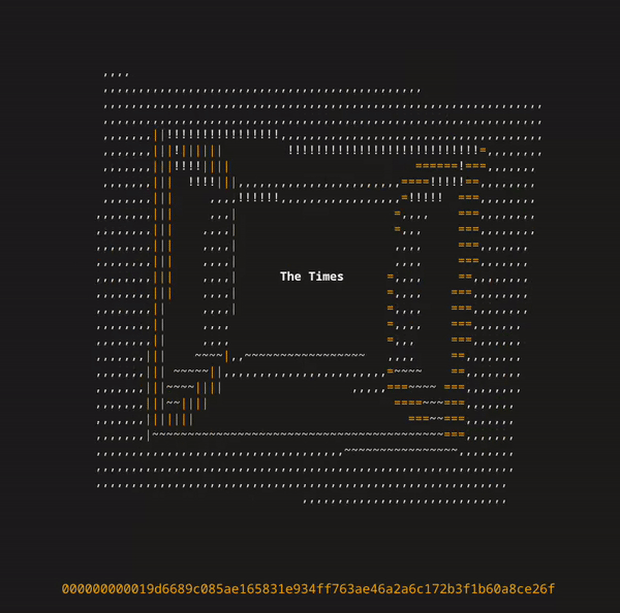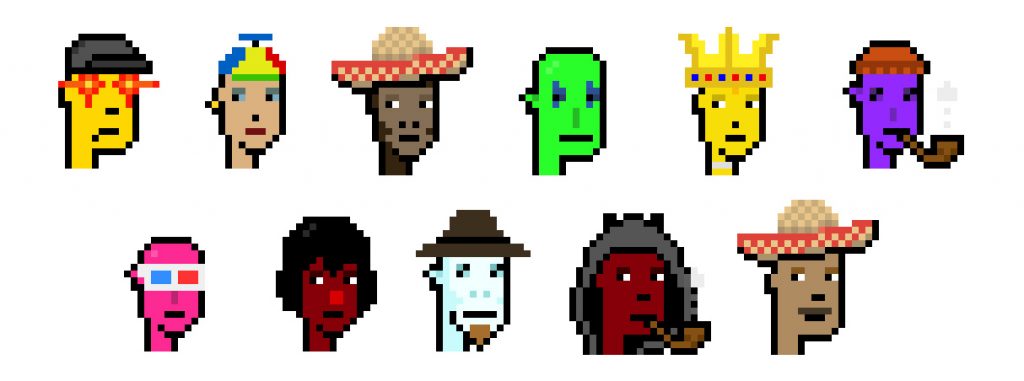NFTs
The Crypto Community Has Gone Nuts for Bitcoin NFTs. Here’s How the New Niche Collectibles Are Building Buzz and Value
In a short time, more than 210,000 of these digital assets have been inscribed.

In a short time, more than 210,000 of these digital assets have been inscribed.

Dorian Batycka

For a niche subset of the Bitcoin maximalist circles, Ordinal Inscriptions have surprisingly and swiftly developed an outsized footprint in the cryptocurrency community. As of February 28, more than 210,000 of these digital assets have been inscribed—from a copy of Doom to a CryptoPunks-inspired collection—and upwards of $1.31 million has been spent in mining fees.
Like NFTs, which are typically linked to the Ethereum network, Ordinal Inscriptions are digital assets that are inscribed on a satoshi, which is the smallest denomination of Bitcoin.
But unlike NFTs, which can be purchased via platforms like OpenSea and Nifty Gateway, Ordinals are bought and sold on Telegram and Discord channels, as marketplaces or even dedicated wallets for Bitcoin Ordinals have yet to take off.
So what accounts for their popularity?
5/ It feels like fun early-days alpha
Swapping Ordinals in small Discord channels via trusted OTC in an awkward way is exactly what alpha tastes like.
You have a passionate group of people who see something special even though the tooling is incredibly bad
— dotta (@dotta) February 1, 2023
Developers have been striving to integrate NFTs onto the top blockchain, Bitcoin, for almost a decade. This journey began in 2014 with Counterparty, which created the Rare Pepe NFT collection, and continued in 2017 with Stacks. The inscription process involves writing the content data into the witness, or authenticating signature, of the Bitcoin transaction.
While Bitcoin’s blockchain can technically support the creation of NFTs, it was not designed with this specific use case in mind, but rather developed to provide a secure, immutable ledger of peer-to-peer transactions. Other blockchain networks, such as Ethereum, were designed with more flexible programming languages and smart contract capabilities that allowed for the creation and management of NFTs from the outset.
Did you know that ordinals are not the first NFTs on Bitcoin? In fact, Bitcoin has had NFTs for nearly a decade! In 2015 Spells of Genesis tokenized the first gaming assets and in 2016 Rare Pepes gave birth to the cryptoart movement. pic.twitter.com/NibfcKxNRZ
— Leonidas.og (@LeonidasNFT) February 15, 2023
Technical details aside, the ability to add inscriptions onto the Bitcoin blockchain has prompted some rather uncanny depictions.
Block 0, the genesis Ordinal block, pays tribute to the pseudonymous founder of Bitcoin, Satoshi Nakamoto, featuring an interlocking looped GIF of a 3D block, created with ASCII text, spinning against lines from Satoshi’s original white paper.

Block 0, the genesis Ordinal block.
The second block of Ordinals paid homage to Hal Finney, the first person to receive a Bitcoin transaction from Nakamoto. Block 1 showcases the hash of the block containing Finney’s transaction and features abstract art that symbolizes the impact of ALS, a disease that had a debilitating effect on Finney’s health.
Then, there were the Ordinal Punks, a set of 100 NFTs nodding to the original CryptoPunks, minted within the first 650 inscriptions on the Bitcoin chain. The 192×192-pixel generative PFP collection was created using an open-source algorithm by the pseudonymous Web3 creator, FlowStay.

Ordinal Punks, a collection of 100 NFTs. Photo: Ordinals Directory.
The novelty and relative scarcity of Oridinal Punks have fueled their rise in value. According to a Google Sheet database of sales (again, there are no major marketplaces for Ordinals), the current lowest bid for an Ordinal Punk sits at 3.7 BTC, or 51.26 ETH (nearly $84,000), and the highest asking price is 50 BTC, or 692.66 ETH ($1,132,500).
On February 27, Yuga Labs announced that it would be launching an Ordinals collection of its own, a collection of 300 generative art NFTs.
Introducing TwelveFold. A limited edition collection of 300 generative pieces, inscribed on satoshis on the Bitcoin blockchain.https://t.co/aFWEIhzqcI pic.twitter.com/PjWABKKBr4
— Yuga Labs (@yugalabs) February 27, 2023
In line with Yuga Labs’s buy-in, a host of services have emerged over the past month to provide support for Ordinal transactions, not limited to Bitcoin wallets like Xverse and Hiro Wallet, and NFT marketplaces including Gamma and Oridalsbot.
But are Ordinals more than a fad?
Like any niche collectible, including art, the market that develops around Ordinals is only as big as the bags of those willing to purchase it. But Bitcoin, with a current market cap of $449.21 billion, is by far the world’s largest cryptocurrency, far outstripping the $199.70 billion cap of Ethereum.
As it is, the momentum of Ordinals has yet to falter, being boosted by alphas in the space, burgeoning market interest, and, as with most things in the crypto sphere, no small amount of hype. Research firm Delphi Digital, for one, has dubbed the emergence of Ordinals “Bitcoin’s New Narrative,” calling them “the most interesting thing to happen to Bitcoin since El Salvador made it legal tender.”
For now, though, Ordinals remain closer to 4Chan than Hauser & Wirth. Whatever art that gets transcribed onto the Bitcoin network will likely not (yet) constitute some broader art historical turn or pivot, but rather something much simpler: A small, three or four MB file, tick-tock, next block.
More Trending Stories: